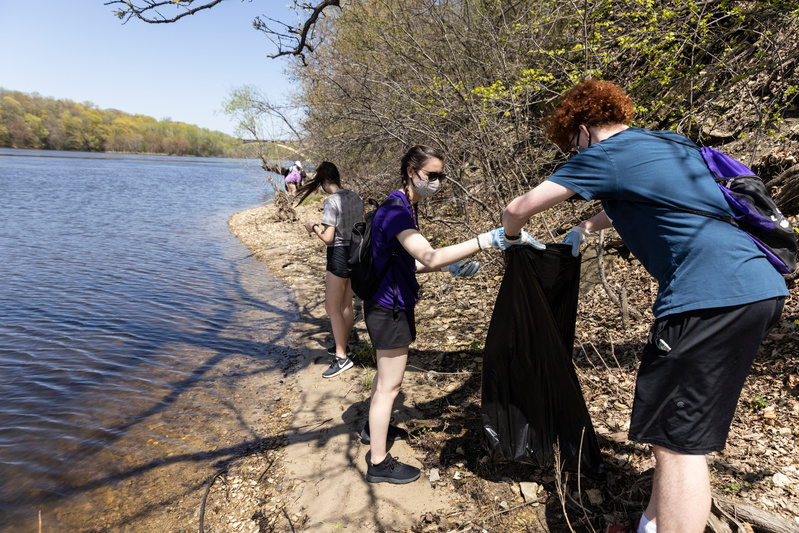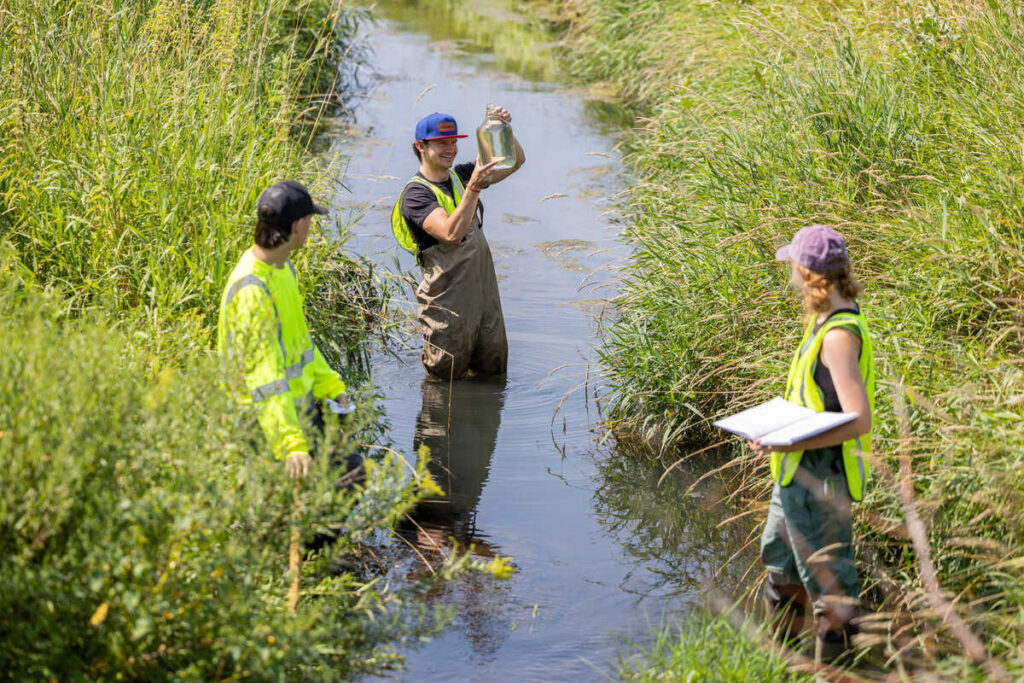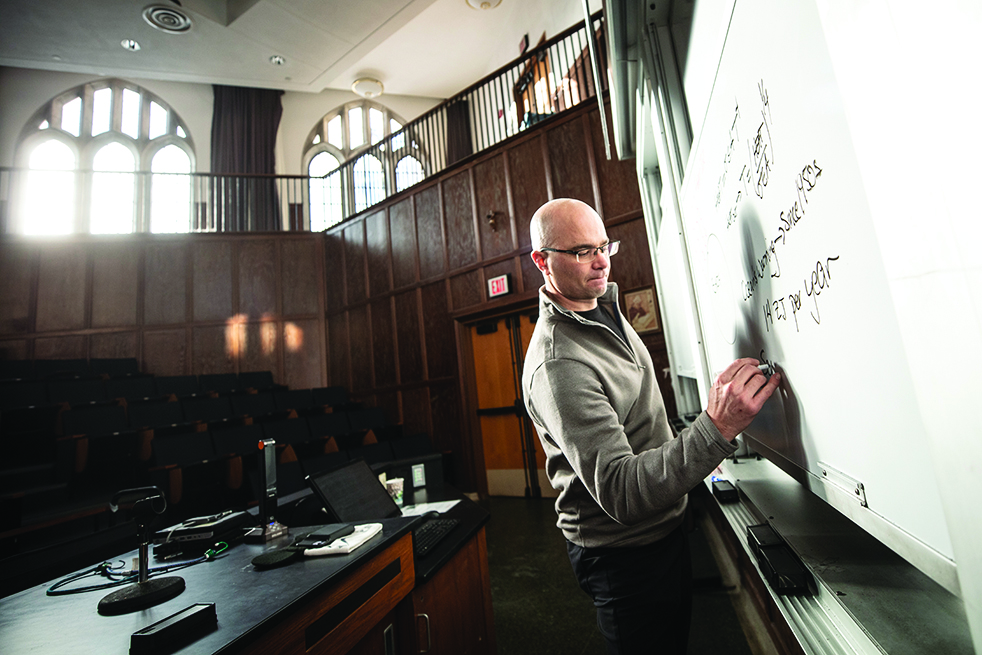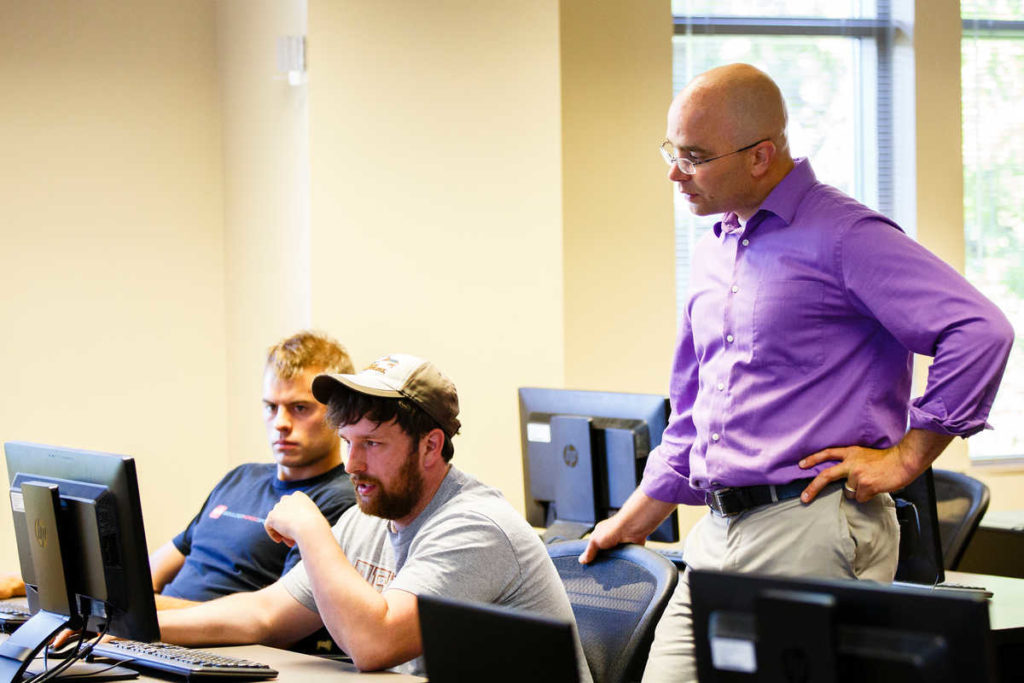One of the nation’s greatest waterways flows just steps away from the University of St. Thomas. The beautiful Mississippi River beckons students who climb rocks on its banks to watch the sunset, admire the changing colors of leaves on trees along its shores, and twice a year bag up single-use plastics and other trash polluting its waters.
The Mississippi River Clean Up is a long-standing tradition at the University of St. Thomas occurring twice a year, in spring and fall. It started in 1993 in partnership with Facilities Management. Since then, the river clean up has become a staple of the university’s October sustainability month. This year, the fall river cleanup was special for Sustainability Club President Josh Mounsey '24. “It was a beautiful day, it was my birthday, and 2.6 miles of river was left pristine.”
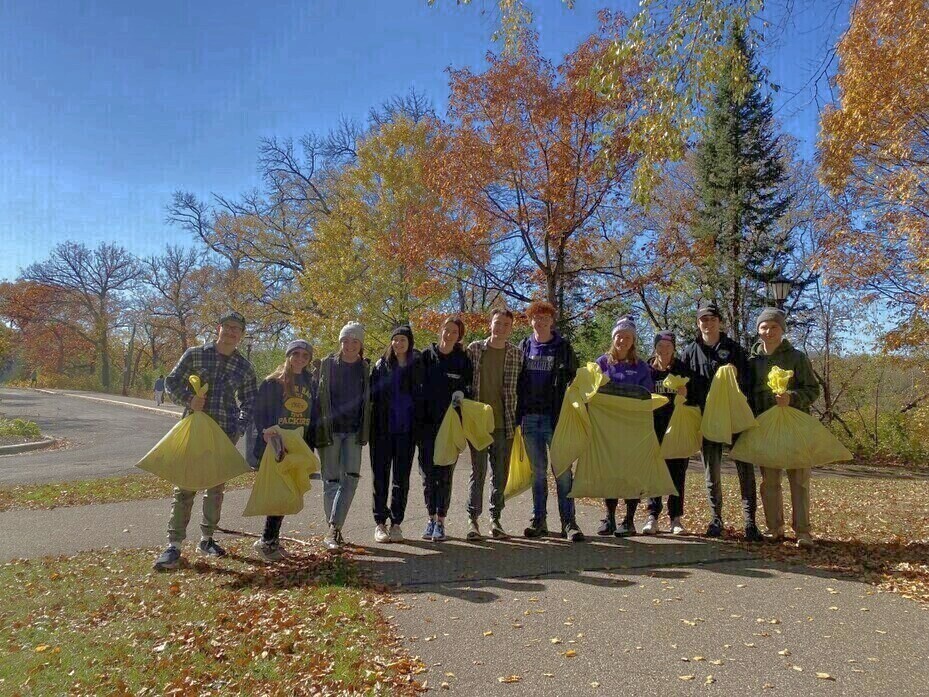
The Sustainability Club (formally Green Team), in partnership with the “Adopt a River” project administered by the nonprofit organization Freshwater, welcomed over 30 volunteers to help clean 2.6 miles of the 2,320-mile river. Volunteers collected about 27 bags of trash, which together weighed 297 pounds. To make the cleanup a success, this event involved extensive planning and collaboration with the Center for the Common Good and Facilities Supervisor Paul Hietpasto, who has served as the Sustainability Club's advisor since 2008.

“Student engagement activities are a part of St. Thomas, and it is important to ingrain sustainable activities aimed at improving the university ecological footprint,” said Mounsey. “The volunteers enjoyed the adventure of hiking to the river, and they had ecological satisfaction that they are causing an impact on the environment.”
First-year student Andrea Ray, who is a very active member of the Sustainability Club, said, “The 2021 annual Mississippi River Clean Up was one of the most rewarding experiences I’ve had in a long time. Everyone talks about the devastating effects of pollution and how we need to clean up our planet, but how many people will put in the work themselves? Well, this was it. This was an opportunity to give back to our community, even if it was just a small corner of the world that is full of pollution. I hope that more events like this can occur, because when I tell you that I enjoyed each moment out there on Oct. 23, 2021, I mean it.”
Top Pollutants in Mississippi River
Participation in debris-clearing projects such as St. Thomas’ collaboration with Adopt a River is critical, according to the Mississippi River Plastic Pollution Initiative 2021 Science Report. Plastic waste and other litter, such as cigarette butts, food wrappers, and aluminum cans, travel through storm drains and smaller waterways into the river and its tributaries from systems across 40% of the U.S. Ultimately, these pollutants make their way to the Gulf of Mexico and into the ocean. Approximately 11 million metric tons of plastic enters the oceans each year.
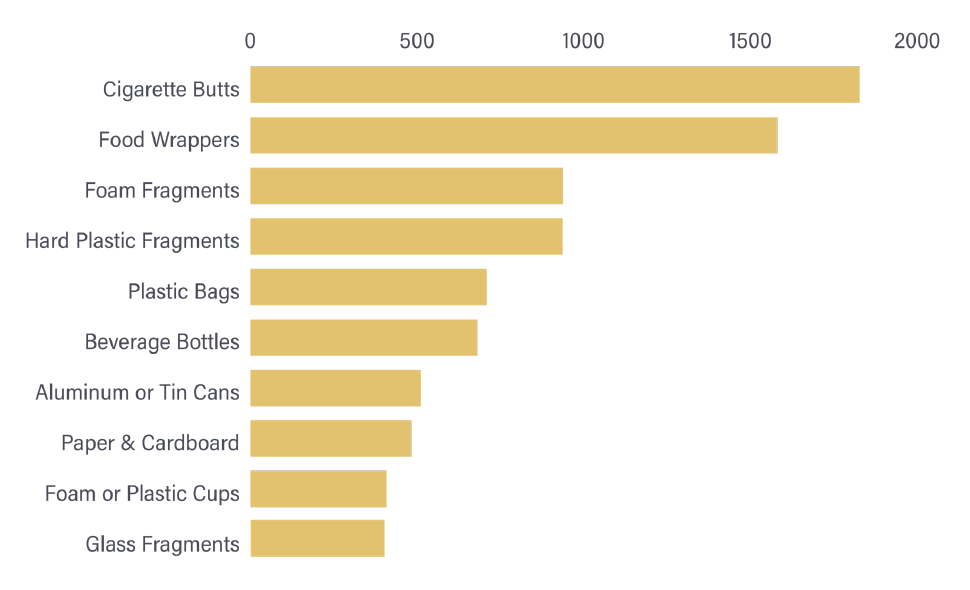
“At the river cleanup, I was very happy to see a great turnout of excited students keeping our community clean," said Sustainability Club Vice President Ariana Porcello '23, who was elected by her peers to be the Undergraduate Student Government sustainability representative. "Students came with friends and seemed to enjoy spending time cleaning up the banks of the Mississippi right out of St Thomas. To me, this event was a great example of St. Thomas students coming together to make a difference. This makes me hopeful and excited for the future of sustainability at St Thomas!”
Mounsey said his vision for the Sustainability Club is to promote projects that impact the environment and advance the common good.
“The Mississippi River cleanup project provides the catalyst for students to engage in and demonstrate their commitment to sustainability,” he said. “The implementation of more sustainable activities that appeal to most students can create lasting change.”
 Josh Mounsey / University of St. Thomas
Josh Mounsey / University of St. Thomas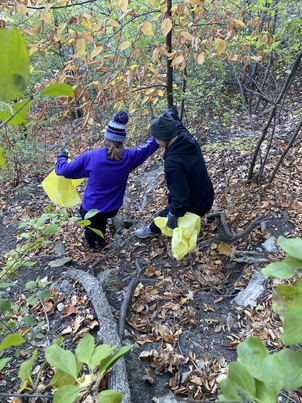 Josh Mounsey '24 / University of St. Thomas
Josh Mounsey '24 / University of St. Thomas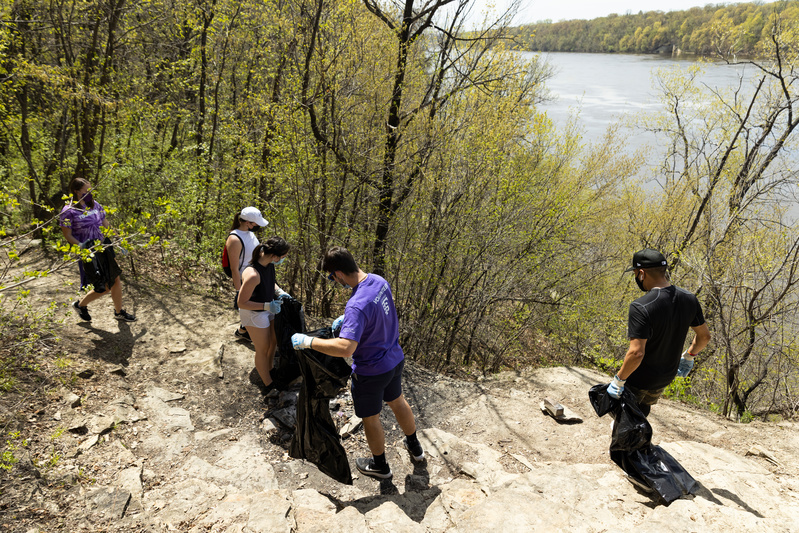
Student volunteers clean up garbage from the Mississippi River banks during The Big Event volunteer day facilitated by the Center for the Common Good on May 1, 2021, in St. Paul. Mark Brown / University of St. Louis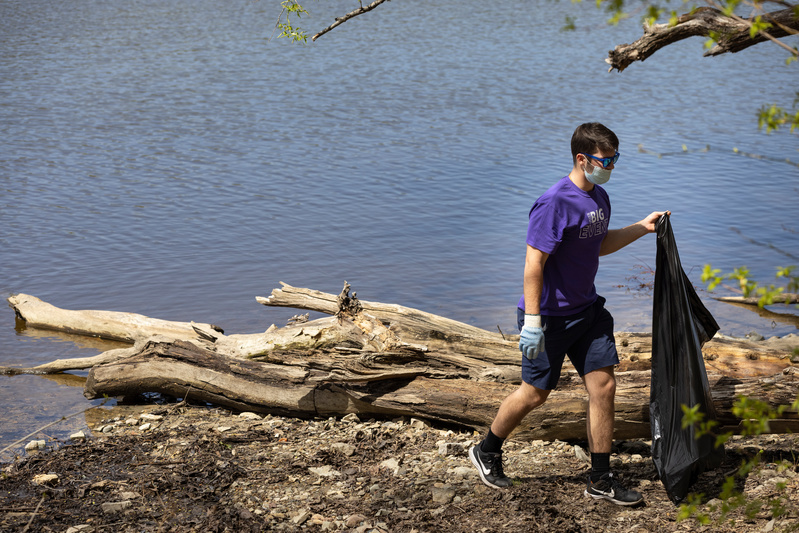
Student volunteers clean up garbage from the Mississippi River banks during The Big Event volunteer day facilitated by the Center for the Common Good on May 1, 2021, in St. Paul. Mark Brown / University of St. Louis
A student cleans up trash along the Mississippi River during The Big Event volunteer day facilitated by the Center for the Common Good on May 1, 2021, in St. Paul. Mark Brown / University of St. Thomas
